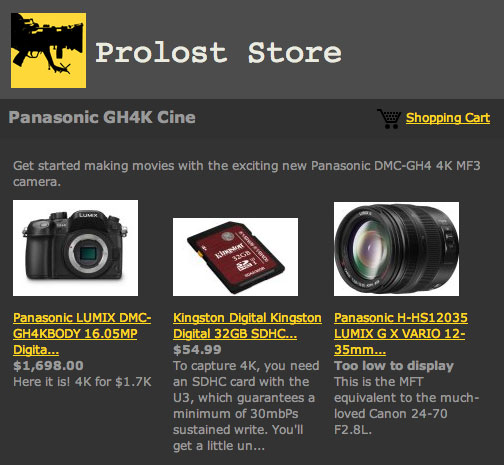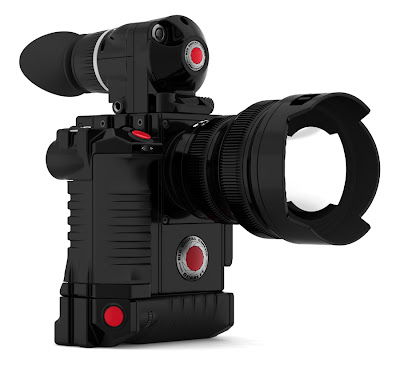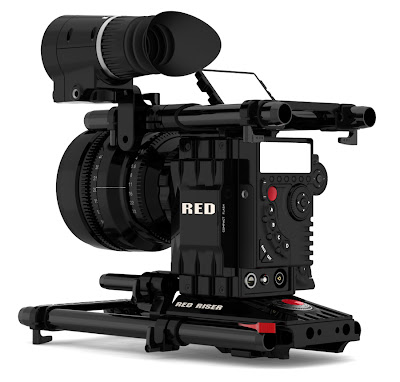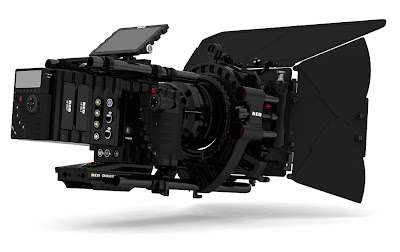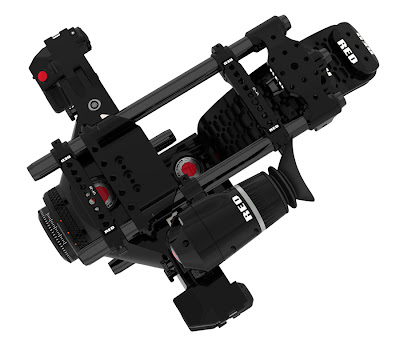Entries in RED (52)
Panalog Pipelines
 Monday, November 10, 2008 at 1:59PM
Monday, November 10, 2008 at 1:59PM I mentioned that Panalog images from the Panavision Genesis camera can be used easily in either video or film grading workflows. Here's what I mean by that.
Here's an image in Panalog color space:

You can treat this image as a video source, and many do. I just finished three commercials this way. You can just load in the Panalog source, and color correct it to taste. No fuss, no LUTs. As an example, here's that same Panalog image corrected with Colorista:

You can also load the Panalog footage directly into a film grading pipeline. Here's how that same uncorrected Panalog shot would appear under a standard Kodak Vision preview LUT:

It's a bit dark and crunchy, but no matter—Colorista can take care of that. Here's the image color corrected underneath the Vision preview LUT:

Here are the Colorista settings used on the video version:

And here are the settings for the film version:

In either a film or video post environment, a colorist can take Panalog footage into his or her existing workflow and start working with it immediately, color correcting to taste. That's pretty cool.
The big difference between the two is that the film version has that nice soft highlight rolloff. The white t-shirt reaches almost 600% scene illuminance in this image, and that detail is preserved in Panalog. It gets crushed out in the video correction, but on film that detail is preserved, albeit compacted into the soft, sloping shoulder of the print stock.
Note that the sample image used here was not shot with a Genesis. It was shot with a DSLR and converted to Panalog (accurately) from raw. I don't have any good Genesis sample images that I'm free to use just now.
Pictures and Clarity
 Saturday, November 8, 2008 at 12:39PM
Saturday, November 8, 2008 at 12:39PM 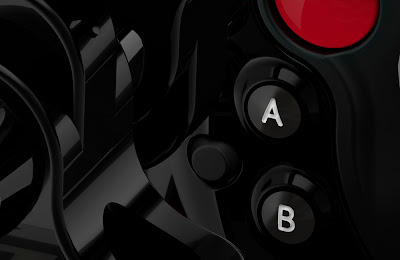
No milk in the fridge this morning, forcing me to make an Americano rather than my usual cappuccino. In that spirit, here’s an undiluted rant on cameras, DV Rebel priorities, and what we might hope to hear from RED next week.
What are you looking for in a camera? A big sensor? 2K? 4K? Raw? Uncompressed output?
What you should be looking for is a machine that transmits your creative energy into the images it makes.
The least friction between you and your images.
The fastest route to the emotional truth.
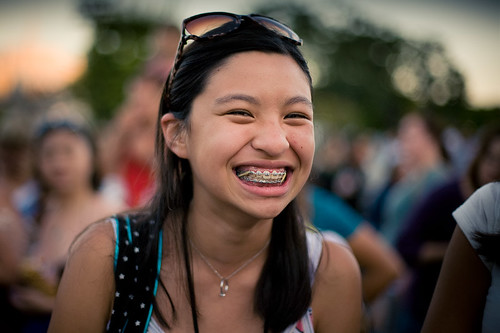
I shoot a lot of stills with a 50mm at f/1.4. The shallow depth of field helps me portray what I consider to be the emotional truth of a situation. But this practice is only feasible thanks to a hundred little details about the camera’s ergonomics and electronics. If any of those failed, I’d shallow-DOF myself right into a collection of unusable photos. My Canon 5D is more than just a box with a big sensor and fast glass. It’s a machine designed to create opportunities and then, when they arrive, to make sure I don’t miss them.
Many videographers find their first experience with a 35mm lens adapter to be quite a cold splash of water. The images from these rigs can look amazing—but it just became a whole lot more work to make them even acceptable. Your system got a whole lot less agile, your solution more brittle. The ways to mess up a shot grew in proportion to the potential for greatness.
- As soon as you have manual focus, you need a follow-focus, which means you need a rail system.
- As soon as you have a fast lens, you need a variety of ND filters, which means a matte box.
- As soon as you taste the glory of fast primes, you need more of them. You’ll never have enough. Time to go Pelican Case shopping.
- As soon as you have shallow depth of field, you need a big, sharp monitor and mad focusing skills (possibly provided by a second person). You will blow takes due to bad focus.
- As soon as you have a small camera, you need support gear for something as simple as prolonged handheld work.
- As soon as you have manual control, you need quick, intuitive access to that control.
Video cameras have long had solutions for all these things. Good autofocus and fingertip manual focus with LCD focus assist. Built-in ND filter wheels and well-placed toggle switches for common functions. Zebra overlays, histograms, waveform monitors, professional audio inputs and monitoring. And built-in lenses that zoom like crazy and focus from a millimeter to infinity.
The video camera manufactures aren’t winning any ergonomic battles these days. After the gloriously balanced DVX100, Panasonic gave us the unwieldy HVX200. Not to be outdone, Sony provided the wrist-wrenching EX1. Nevertheless, the video cameras of today are mature, evolved machines not just for making images, but for ensuring that you make exactly the image you want, with a minimum of fuss.
And yet not a single video camera under RED One’s price has a sensor bigger than your fingernail.
Along come these video-shooting DSLRs, with enourmous sensors, the wrong form-factor for video, and none of the features that turn an DVX100 into a battle-ready companion. They make awesome images, but they do so at the expense of the operator. When you only see the images, these cameras seem like they must be the best thing going. But the images are the result of a process, and that process is painful. It’s up to you to decide if sexy DOF is worth giving up control. As you make that decision, here are some things to bear in mind.
- It’s better for a film to have good audio than shallow depth of field.
- It’s better to have control over your camera than to shoot in HD.
- It’s better to have good lighting than raw 4K.
- It’s better to put time into color correction than visual effects.
- It’s not HD if it’s not in focus.
- There’s no such thing as a rough cut with no sound.
- Your story is told using the images you create, not the ones you intended to create.
- You’re not done editing until you’ve watched your film with an audience of people who don’t care about your feelings.
- Your film is still too long.
- Your next film will be better. How’s it coming?
(That last one is more for me than for you.)
The D90 and the 5D MarkII can make compelling moving images. But they are not yet cameras that will support your creative development as a filmmaker, growing with you as your skills develop. Did Vincent Laforet want Reverie to feel like a masterfully-lit soap opera? Did Matthew Bennettt want Subway to feel like the wobbly video from a jailbroken iPhone? We are at times seduced by aspects of these demo reels that are perennially absent in our video viewfinders, but we are not seeing the work of a cinematographer in full control of their craft. We’re seeing accidents—some happy, some not. Images borne of a battle with an uncooperative piece of kit. Mario Andretti doing his best with front-wheel drive and an automatic transmission.
This Thursday, when RED reveals their new cameras, I’ll be looking at features and specs along with everyone else. But I’ll also be evaluating whether these cameras seem to be filmmaking companions that allow me to craft an image intuitively and effortlessly. The camera should disappear, leaving only me and the images that, for better or worse, I created.
What Should RED Do?
 Thursday, November 6, 2008 at 6:06PM
Thursday, November 6, 2008 at 6:06PM 
With a week to go before RED's big announcement of revised Scarlet and Epic specs, there's a temptation to speculate on what wonders Jim has in store for us. Instead, I'd like to present a roadmap that I would like to see RED follow for mitigating some of the confusion that surrounds their raw workflow. Specifically, as you might imagine, regarding color.
The RED One shoots raw. No color processing is baked into the footage, you do that yourself in post. The best aspect of this feature is also the worst—you can process it however you want. So people do—everyone a different way. This flexibility provides a lot of power, and more than enough rope to hang yourself. While the RED One, as comparatively affordable as it may be, is professional equipment that expects a professional post pipeline run by knowledgeable personnel, Scarlet is likely to be a much more accessible camera. Upon its release, thousands of new customers will be shooting raw and processing it "however they like," which will all too often mean not getting the very best images the camera was capable of capturing.
Part of the brilliance of the Panavision Genesis camera is the Panalog color space it uses. Panalog packs the substantial dynamic range of the Genesis into a 10-bit image that can be recorded to tape or disc, and dropped directly into a video post pipeline or a film DI workflow.
RED needs their own Panalog. And they almost have it, as they have created a RED Log transfer function that does a good job of safely storing the full-range raw signal in a 10-bit file. But even when using RED Log, there are still a dozen other settings that can radically affect the image. Panalog, on the other hand, is more than a predefined curve. It's a color matrix as well, and most importantly, an exposure guideline. Rather than give you a hundred ways to screw up your images, Panavision instead suggests one very reliable way to shoot with the Genesis, and only one flavor of results. Your mileage may vary and of course you can branch out from their guidelines, but the camera rolls off the truck with an exposure cheat sheet and a recommended workflow that every post house understands. This is what RED needs. This is what RED Log must become if the diverse range of Scarlet customers are to avoid shooting themselves in the feet.
Here's how Panalog works. The Genesis, like all digital cameras, records linear light energy at the sensor. That signal is then converted to Panalog, which involves both matrixing the colors (to the native white balance of the sensor, no choice) and remapping the light values to a logarithmic scale. Log, as you may remember, is where exposure changes are represented by a consistent numerical offset. This has many advantages for color correction, and has the side benefit of being perceptually uniform on most displays. Shadow detail is preserved unquantized.
In other words, it's an efficient package, and it looks nice. It throws nothing away, you can view it intuitively on a monitor, and you can drop it right into an color correction suite—set up for either video or film—and get right to work.
10-bit images have pixel values ranging from zero to 1023. Panalog maps the camera's "black" to 64 and its brightest signal to 1019.
Panavision recommends the following exposure guideline: Put 18% gray at 36% on your waveform monitor. This will create a Panalog value of 382 in a 10-bit file.
This simple recommendation, combined with the Panalog curve and the low noise floor of the Genesis's sensor, comprises the true might of the Genesis/Panalog combo.
The rest of the values shake out like this (remember that waveforms max out at 109%):

You have five solid stops both over and under 18%. You are holding up to 600% scene illumination, or just over five stops over 18% gray.
This, in my experience, is awesome. You can safely expose one way for your entire shoot, indoors and out, and never risk noisy shadows or egregiously clipped highlights. If you're in an uncontrolled setting, you can safely underexpose by a stop or so to try to hold onto a highlight. You can transfer these images straight to film, and all that highlight latitude will fill the print's ample shoulder, resulting in a film-like overexposure characteristic.
Is it as good as Kodak color negative scanned to Cineon log? No. But it's the best thing going in digital cinema.
It's good that Panalog works, but it's also good because it's not a moving target. None of this information has changed since the introduction of the Genesis in 2004. Meanwhile every single RED user out there is figuring out their own workflow. Their own ISO rating, their own exposure rules of thumb, and their own favorite RED Alert settings. And then starting over from scratch with each new firmware build. It's a digital cinema Tower of Babel.
What RED needs to do is hone RED Log into a strong and consistent enough colorimetry that we can default to it 99% of the time. RED needs to publish exposure guidelines for RED Log and build tools into the cameras (such as a false color mode) to aide us in hewing to them. If I hand someone an R3D file and ask for it to be transferred RED Log, there should be only one way to do it. Don't dispense with the infinite flexibility of RED Alert, but give us a solid default setting that faithfully represent the best of what RED's cameras have to offer.
You've built an amazing camera RED, and you're about to build two more. It's time to show us how to use them.


